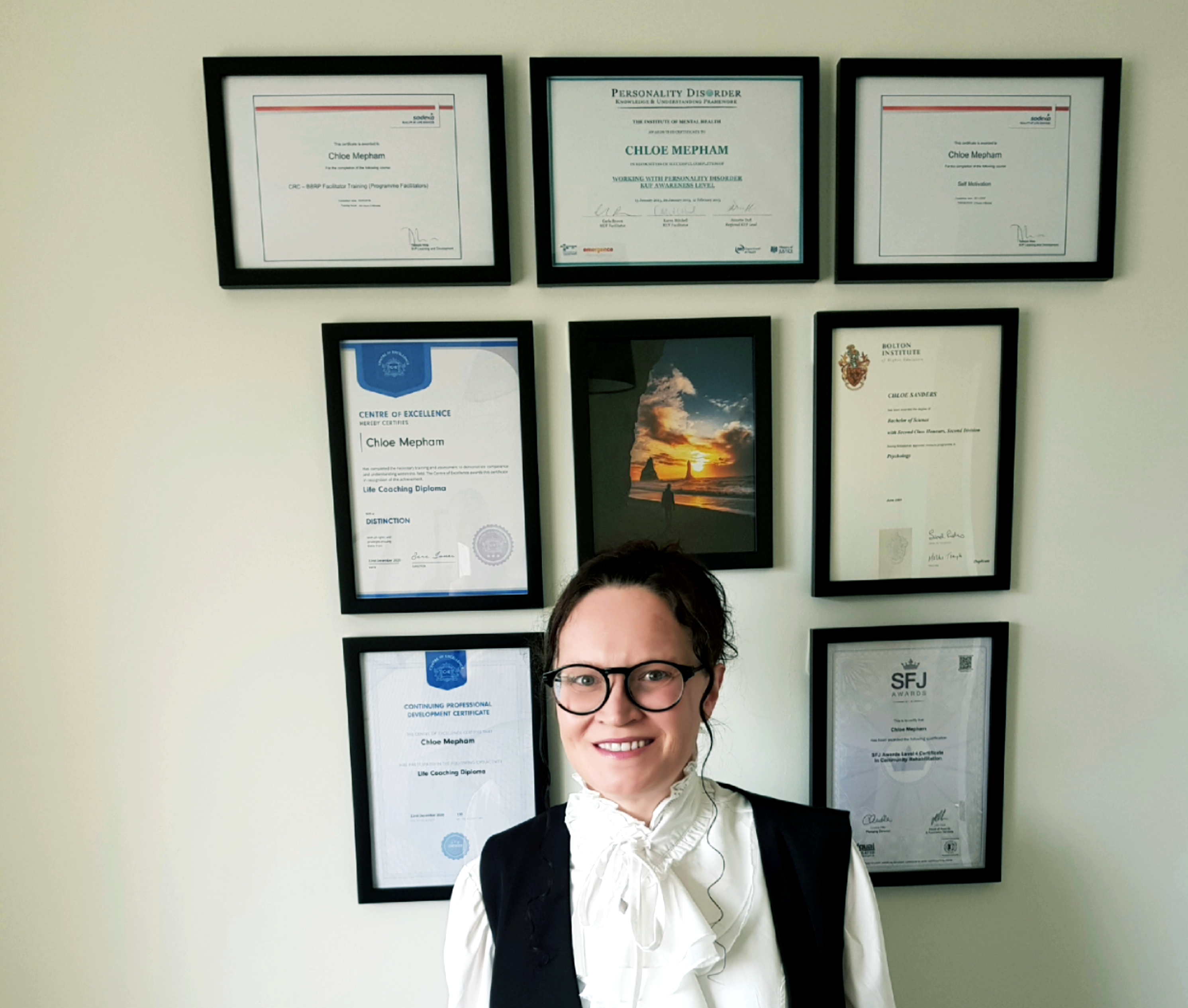The Difference Between Deep Breathing, Mindfulness, and Meditation
- Chloe Mepham BSc

- Nov 19, 2021
- 2 min read
Updated: Jun 29, 2023

Does anxiety interfere with your ability to perform? Do you suffer from stress? How does this affect your performance, both professionally and personally?
Although there are many crossovers in the implementation and benefits of mindfulness, meditation, and deep breathing, they are different principles. So, how do you know which to try?
All three practices are linked. In order to practice mindfulness and meditation, you benefit from deep breathwork for an extended period. If you want to practice meditation, you benefit from being mindful.
Generally, meditation is a scheduled seated practice where you aim to clear your mind to reduce stress and promote inner peace. To read more on the benefits of meditation see: The Benefits of Meditation (chloemephambsc.com). There are various forms of meditation, including mindful meditations.
I have developed my own meditations for motivation, relaxation, and identifying emotional cues. If you want to purchase any of these or request a bespoke meditation written to your requirements book a Free Mindset Meeting here: Home | Chloe Mepham BSc Certified Life Coach.
Mindfulness can be practiced anywhere at any time, doing practically anything. This involves focusing on the present moment in detail. It also serves to reduce stress and promote inner peace among other benefits, see: The Benefits of Mindfulness (chloemephambsc.com).
Deep breathwork is the foundation for mindfulness and meditation. It is typically how meditation will start. However, breathwork can also be used to bring awareness of the breath into the conscious mind. This is often referred to as mindful breathing.
In this latter example, I find I can use deep breathing to take back control of emotions that can affect my ability to perform. I used to use this at work all the time. I manage my own anxiety, so I would often find that before the start of a new group, I would feel anxious. Likewise, I would find in meetings and training sessions my anxiety would spike as I became aware it was my turn to contribute. In these instances, I would use mindful breathing to bring awareness to my breath and manage the breathing. Once I had detected my breathing pattern was erratic, I could focus on deep breathwork exercises to calm my breath.
The exercises would control my breathing, which in turn would lower my heart rate. This practise also distracts any negative thoughts I experience. I could then focus on responding to the situation in a calm manner. Once these physical symptoms were under control, I found I could think more clearly and be mindful in the moment. Simply just focusing on your breathing can be used to bring breathing back under control in a short space of time. This is often referred to as mindful breathing. As such it is so valuable because you can do it anywhere at any time, and no one needs to know you are doing it.
If anyone wants any support with incorporating deep breathing, mindfulness, or meditation into their daily routines, please book a Free Mindset Meeting here: Home | Chloe Mepham BSc Certified Life Coach.

Comments